
Table of Contents
In the bustling world of social media, where attention spans are shorter than a tweet and algorithms dictate visibility, the age-old question remains: how do we strike the perfect balance between promotional and value-added content? As marketers, business owners, and content creators, we’re all guilty of tilting the scale one way or another, often at the expense of engagement and growth. But what if we told you that you don’t have to choose? That you can, in fact, have your cake and eat it too? Welcome to the art of balancing promotional and value-added content on social media.
Let’s start with a sobering statistic. According to a study by Sprout Social, 57% of consumers think brands are too self-promotional on social media. This isn’t to say that promotional content is inherently bad. After all, you’re on social media to promote your brand, products, or services. The problem lies in the balance, or lack thereof. Too much promotion, and you risk turning off your audience. Too little, and you might as well be a silent observer in the vast social media landscape.
Now, you might be thinking, ‘That’s all well and good, but how do I know when I’ve crossed the line?’ Or perhaps, ‘I’ve been adding value, but my engagement rates are still lackluster. What gives?’ These are valid concerns, and we’re here to address them. In this article, we promise to demystify the balance between promotional and value-added content. We’ll delve into the psychology behind why consumers crave value, explore the different types of value-added content, and provide practical tips on how to strike that elusive balance. By the end of this piece, you’ll not only understand the importance of this balance but also have a clear roadmap on how to achieve it.
But before we dive in, let’s agree on one thing. In the world of social media, where the line between promotion and value is often blurred, there’s no one-size-fits-all solution. What works for one brand might not work for another. The key lies in understanding your audience, experimenting with different content types, and always, always keeping your audience at the heart of your strategy. So, are you ready to redefine your social media content strategy? Let’s get started!
Striking the Perfect Harmony Between Sales and Engagement
In the dynamic symphony of business, striking the perfect harmony between sales and engagement is akin to conducting a masterpiece. Imagine a grand orchestra where sales are the vibrant brass section, blaring out confident notes, while engagement is the delicate string ensemble, weaving intricate melodies that captivate and enthrall. To achieve this harmony, one must first understand that sales is not a solo performance, but a collaborative effort that relies heavily on the engagement of its audience. The sales team, much like the brass section, needs to be bold, assertive, and persuasive, but they must also listen and adapt, much like a skilled conductor. They must understand that the customer is not just a passive listener, but an active participant in this symphony. The engagement team, on the other hand, is the heart of this orchestra, ensuring that every note resonates with the audience. They create the emotional connection, foster loyalty, and encourage advocacy. They are the strings that make the music come alive. To strike this perfect harmony, both teams must work in unison, communicating effectively, sharing insights, and aligning their strategies. It’s about understanding that sales is not just about closing deals, but about opening relationships. It’s about creating a symphony that not only sells but also engages, resonates, and inspires. After all, a truly great performance is not just about the music, but about the connection it creates with the audience. And in the world of business, that audience is your customer.
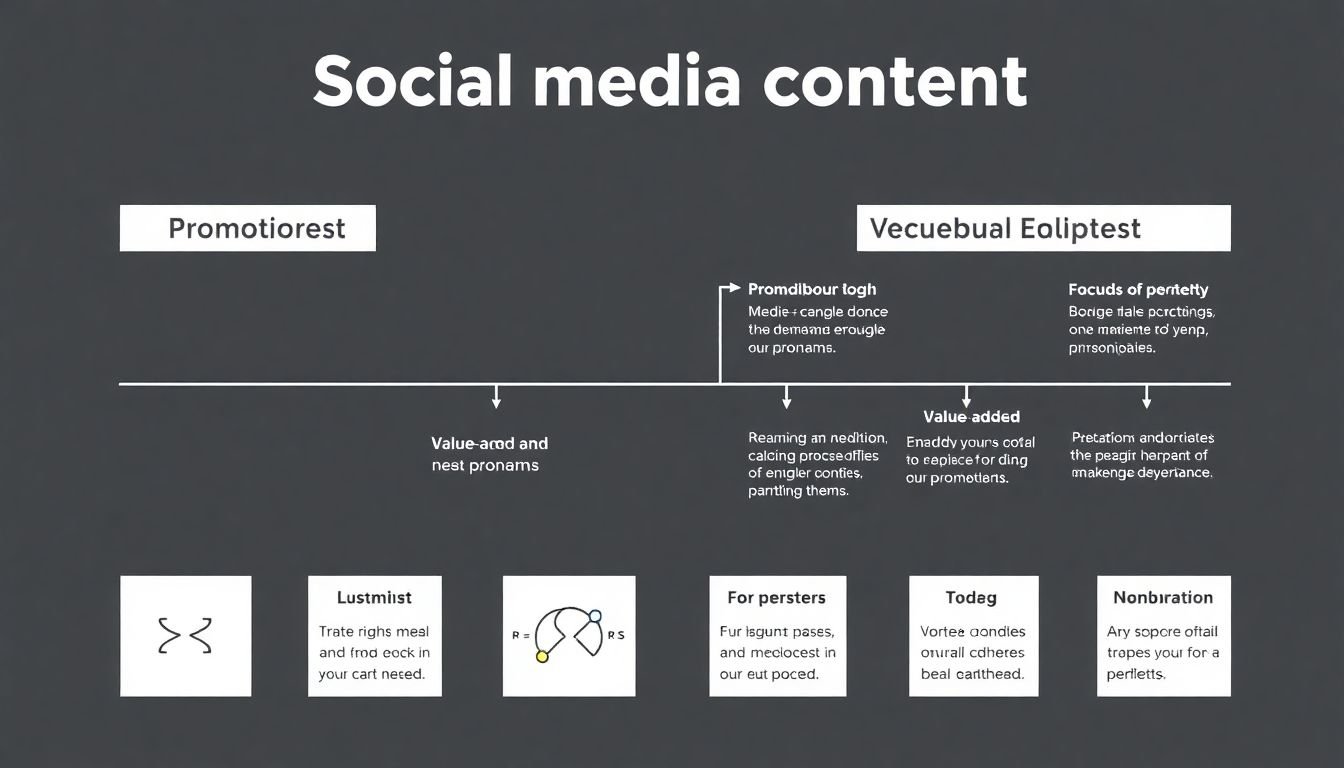
The Duality of Social Media Content
In the vast, ever-evolving landscape of social media, content can be broadly categorized into two distinct yet equally important types: promotional and value-added. Let’s delve into each, explore their differences, and understand why both are indispensable for a robust social media strategy.
Promotional Content is akin to the flashy, neon-lit billboards of the digital world. It’s designed to grab attention, create awareness, and ultimately, drive action. This could be anything from announcing new products or services, running sales or promotions, to sharing company news and milestones. For instance, a clothing brand might post an eye-catching image of their latest collection with a ‘Shop Now’ call-to-action, or a tech company might share a press release about their recent funding round. The primary goal here is to promote the brand, its offerings, or achievements.
On the other hand, Value-Added Content is like the warm, inviting café where people linger, not just for the coffee, but for the atmosphere, the conversations, and the sense of community. This type of content provides value to the audience beyond a sales pitch. It could be educational, entertaining, inspiring, or simply engaging. For example, a fitness brand might share workout tips, a recipe blog might post a new, healthy recipe, or a software company might share tech tutorials. The aim here is to build relationships, establish thought leadership, and foster a community around the brand.
Both types of content are crucial for a successful social media strategy. Here’s why:
- Promotional Content drives immediate action and conversions. It’s the call-to-action that tells your audience what you want them to do next.
- Value-Added Content, meanwhile, builds long-term relationships. It’s the conversation starter that keeps your audience engaged and coming back for more.
A balanced mix of both ensures that your social media presence is not just a constant sales pitch, but a dynamic, engaging space that truly connects with your audience. It’s the art of selling without selling out, engaging without being intrusive, and building a community that’s as invested in your brand as you are.

The Art of Storytelling: Crafting Engaging Promotional Content
In the vast landscape of digital communication, crafting promotional content that truly resonates is an art form, a delicate balance of psychology, storytelling, and authenticity. At its core, promotional content is not merely about pushing a product or service, but about telling a story that captivates, evokes emotion, and fosters a genuine connection with the audience.
Storytelling, the cornerstone of human communication, is the most powerful tool in a promoter’s arsenal. It transcends the mundane details of a product or service, transporting the audience into a world where they can visualize themselves as the protagonist, experiencing the benefits firsthand. This narrative immersion is not just about painting a picture with words; it’s about evoking emotions that stir the soul. Whether it’s the thrill of adventure, the warmth of belonging, or the satisfaction of achievement, tapping into these emotions turns a promotional post into a memorable experience.
Authenticity, the second pillar of engaging promotional content, is not just about being truthful, but about being relatable. It’s about stripping away the corporate veil and revealing the human face behind the brand. This could be through sharing the brand’s origin story, highlighting the people behind the product, or demonstrating the brand’s values through its actions. Authenticity builds trust, and trust is the currency of engagement.
To craft compelling promotional posts, consider the following steps:
- Understand your audience: Before you start weaving your tale, know who you’re telling it to. What are their dreams, fears, and aspirations? What makes them tick?
- Identify the emotion: What feeling do you want your audience to walk away with? Once you’ve identified the emotion, everything else
- the words, the images, the tone
- should serve to amplify it.
- Craft your narrative: Your story should have a beginning, a middle, and an end. It should have a clear arc, with a problem to solve and a solution to offer. And it should be relatable, authentic, and true to your brand.
- Test and refine: No story is perfect on the first draft. Test your content with a small audience, gather feedback, and refine your narrative accordingly.
In the end, the art of storytelling in promotional content is not about selling a product or service. It’s about selling a feeling, an experience, a dream. And that, dear promoter, is the key to crafting promotional content that truly resonates.
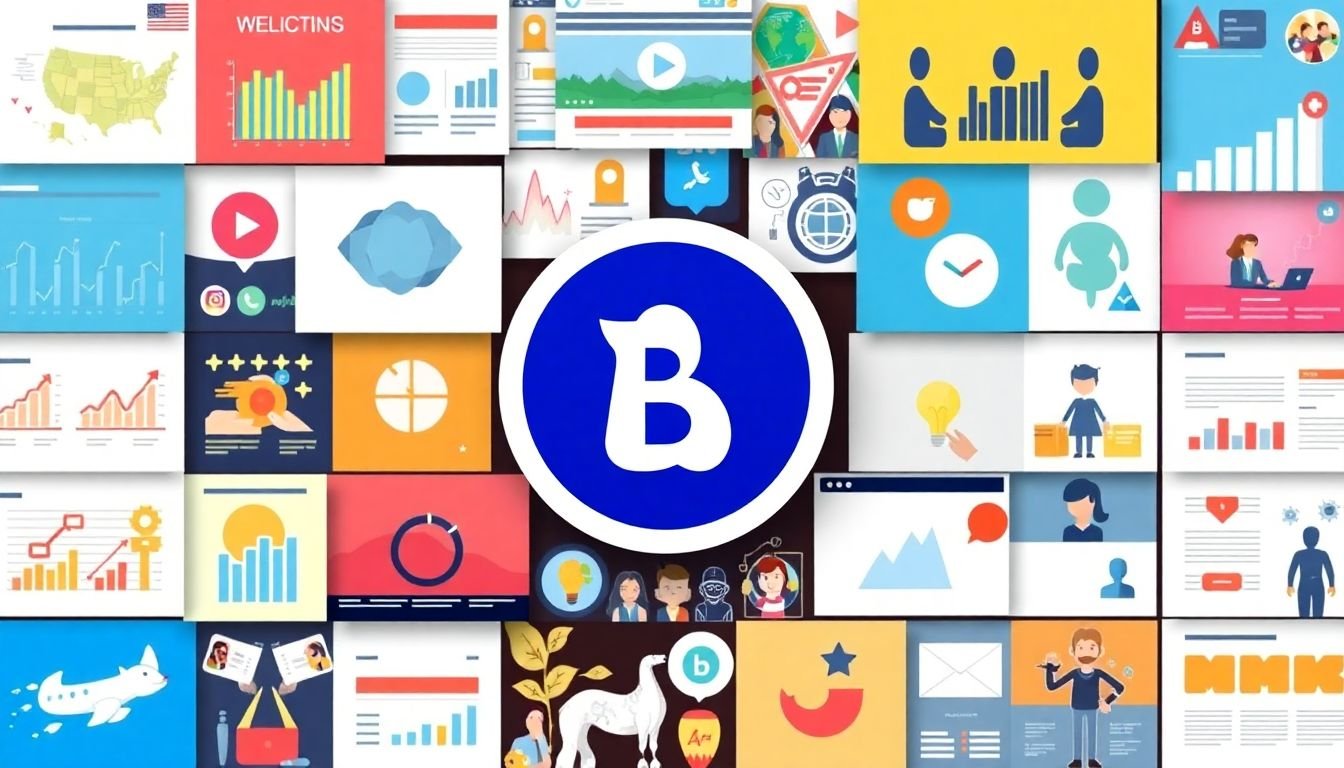
The Value in Value-Added Content: Educating and Entertaining Your Audience
In the digital age, content is king, but not all content is created equal. Value-added content, a term that encompasses informative, entertaining, inspirational, and other engaging types, is the crown jewel. This content doesn’t just fill space; it educates, entertains, and inspires, fostering a deeper connection with your audience. Let’s delve into the various types and their benefits, and explore how brands have successfully harnessed this power.
The first type, informative content, is like a beacon in the vast sea of the internet. It answers questions, solves problems, and empowers users. Take, for instance, HubSpot, a marketing software company that offers a wealth of free resources, from blog posts to webinars. By providing valuable insights, they’ve not only educated their audience but also established themselves as thought leaders in their industry.
Entertaining content, on the other hand, is like a breath of fresh air. It lightens the mood, sparks joy, and leaves a lasting impression. BuzzFeed, with its quizzes and listicles, is a prime example. They’ve mastered the art of creating content that’s not only fun but also shareable, expanding their reach exponentially.
Inspirational content, the third type, stirs the soul. It motivates, encourages, and sometimes, even moves us to tears. Dove’s ‘Real Beauty’ campaign is a testament to this. Their short films and social media posts celebrating real women and their stories have not only inspired millions but also boosted their brand image.
Lastly, there’s interactive content, which engages users in a way that’s both fun and informative. Nike’s ‘Plus Size Mannequin Challenge’ is a great example. Users were encouraged to take photos of themselves in Nike gear, mimicking mannequins, and share them on social media. The campaign was a hit, with over 100,000 posts, and it also promoted their plus-size clothing line.
So, what’s the takeaway? Value-added content, in all its forms, is a powerful tool. It builds audiences, fosters brand loyalty, and drives engagement. It’s not about pushing products, but about pulling people in with content that truly adds value to their lives.
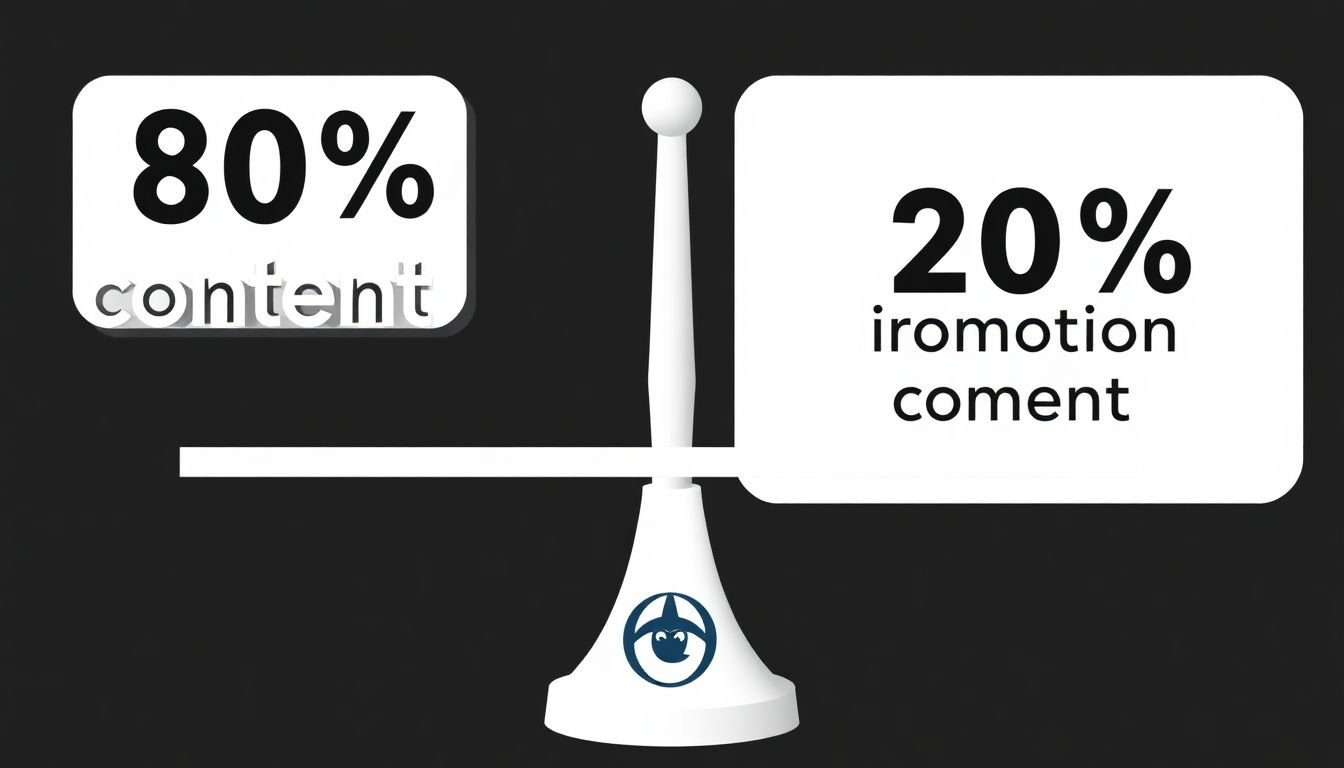
The 80/20 Rule: A Balanced Approach to Social Media Content
In the vast, ever-evolving landscape of social media, the 80/20 rule, also known as the Pareto Principle, serves as a beacon of balance and effectiveness. This rule, named after Italian economist Vilfredo Pareto, suggests that 80% of effects come from 20% of causes. When applied to social media content, it encourages a strategic approach that maximizes engagement and impact.
The 80/20 rule in social media content translates to creating 80% of content that is valuable, entertaining, or educational to your audience, and 20% that is promotional or self-serving. This balance ensures that your followers remain engaged and informed, while also achieving your marketing goals.
Interpreting and adapting this rule requires a deep understanding of your audience and industry. Here are some steps to help you:
- Know Your Audience: Understand their interests, needs, and preferences. This will guide the type of content that adds value to them.
- Identify Your Industry’s 20%: Determine what promotional content resonates most with your audience. This could be new product launches, company updates, or special offers.
- Test and Adapt: Not all content will perform equally. Regularly analyze your content’s performance and adjust your strategy accordingly.
For instance, if you’re a fashion brand, your 80% could be styling tips, behind-the-scenes content, or industry news, while your 20% could be product promotions or sales announcements. Always remember, the key is to provide value first, and promotion second. This approach not only respects your audience but also builds trust and loyalty.
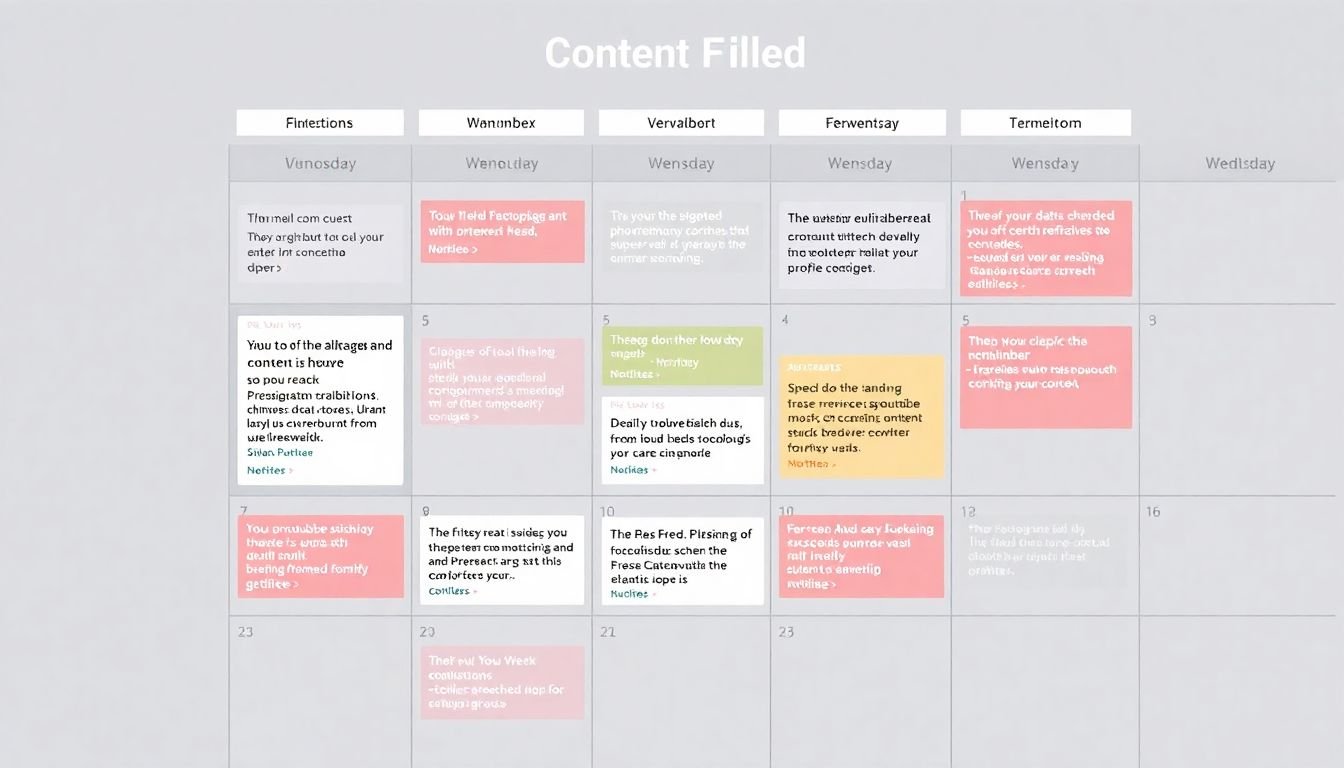
The Role of Timing and Consistency in Balancing Content Types
Maintaining a balanced content strategy is akin to walking a tightrope, where promotional content represents the flashy, attention-grabbing acrobatics, and value-added content serves as the steady, reliable pole you’re trying not to drop. The secret to staying upright lies in the trifecta of posting frequency, timing, and consistency. Let’s dive in!
Posting Frequency: Imagine you’re at a dinner party. If you only talk about yourself (promotional content), you’ll quickly become the party’s pariah. Conversely, if you never share anything about yourself (value-added content), you’ll be the mysterious stranger in the corner. The sweet spot lies in the middle. A good rule of thumb is the 80/20 rule: 80% value-added content (educational, entertaining, or inspiring), and 20% promotional. This ratio can vary depending on your audience and industry, but it’s a solid starting point.
Timing: Timing is everything, as they say. Posting at the right time can maximize engagement, while posting at the wrong time can make your content disappear like a fart in a hurricane. Research your audience’s peak engagement times and create a content calendar that capitalizes on these periods. Tools like Hootsuite Insights or Sprout Social can help you determine the best times to post.
Consistency: Consistency is the unsung hero of content marketing. It’s what turns casual observers into loyal followers. Whether you’re posting daily, weekly, or monthly, stick to a consistent schedule. This not only helps manage your audience’s expectations but also trains them to anticipate and engage with your content. Consistency also plays a role in balancing content types. For instance, if you’re posting daily, you might alternate between promotional and value-added content to maintain that 80/20 ratio.
Creating a balanced content calendar is a delicate dance, but with the right rhythm and timing, you’ll have your audience eating out of the palm of your hand. So, grab your metaphorical top hat and cane, and let’s get this content tightrope walking show on the road!
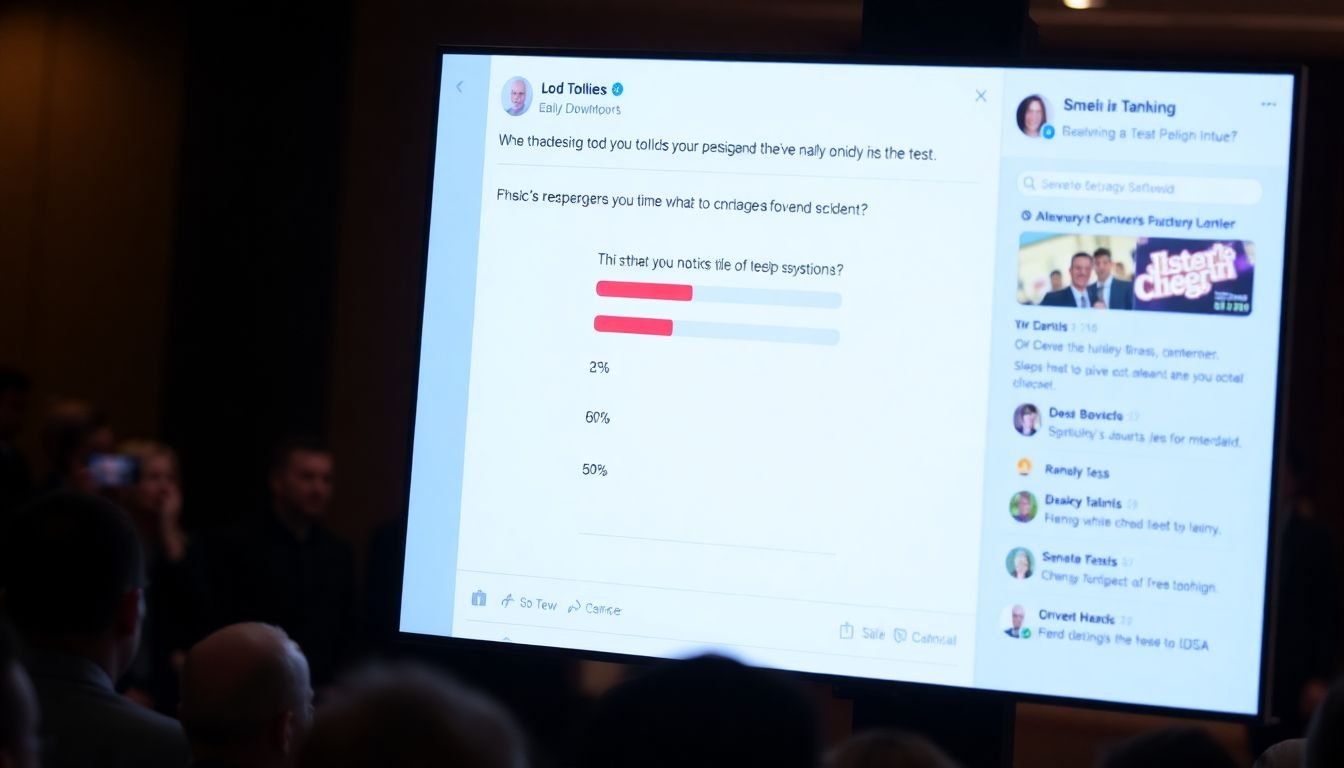
Engaging with Your Audience: The Power of Interactive Content
In the dynamic landscape of digital communication, engaging with your audience is not just an option, but a necessity. One powerful way to achieve this is by incorporating interactive content into your strategy. Interactive content, such as polls, quizzes, Q&As, and more, serves a dual purpose: it balances your promotional content with value-added information, and it significantly boosts engagement and reach.
Firstly, let’s delve into how interactive content helps strike a balance between promotion and value. Traditional promotional content, while essential, can sometimes feel like a one-way street, with information flowing from the creator to the audience. Interactive content, on the other hand, encourages a two-way conversation. For instance, a poll allows your audience to voice their opinions, while a quiz provides them with valuable insights or new knowledge. This not only makes your content more appealing but also ensures that your audience feels heard and valued.
Secondly, interactive content is a proven engagement booster. According to a study by Demand Metric, interactive content generates twice the conversions of passive content. This is because it taps into our innate desire for interactivity and instant gratification. For example, a ‘Which Character Are You?’ quiz on a popular movie franchise can keep viewers engaged and eager to share their results with friends.
Lastly, interactive content can extend your reach exponentially. When your audience is actively engaged with your content, they’re more likely to share it with their networks. This user-generated content can then reach new audiences, expanding your brand’s reach organically. Moreover, interactive content is highly shareable on social media platforms, further amplifying its reach.
In conclusion, interactive content is not just a tool for engagement; it’s a necessity in today’s digital age. It helps you create a balanced content strategy, boosts engagement, and extends your reach. So, why not give it a try? Your audience is waiting to interact with you!
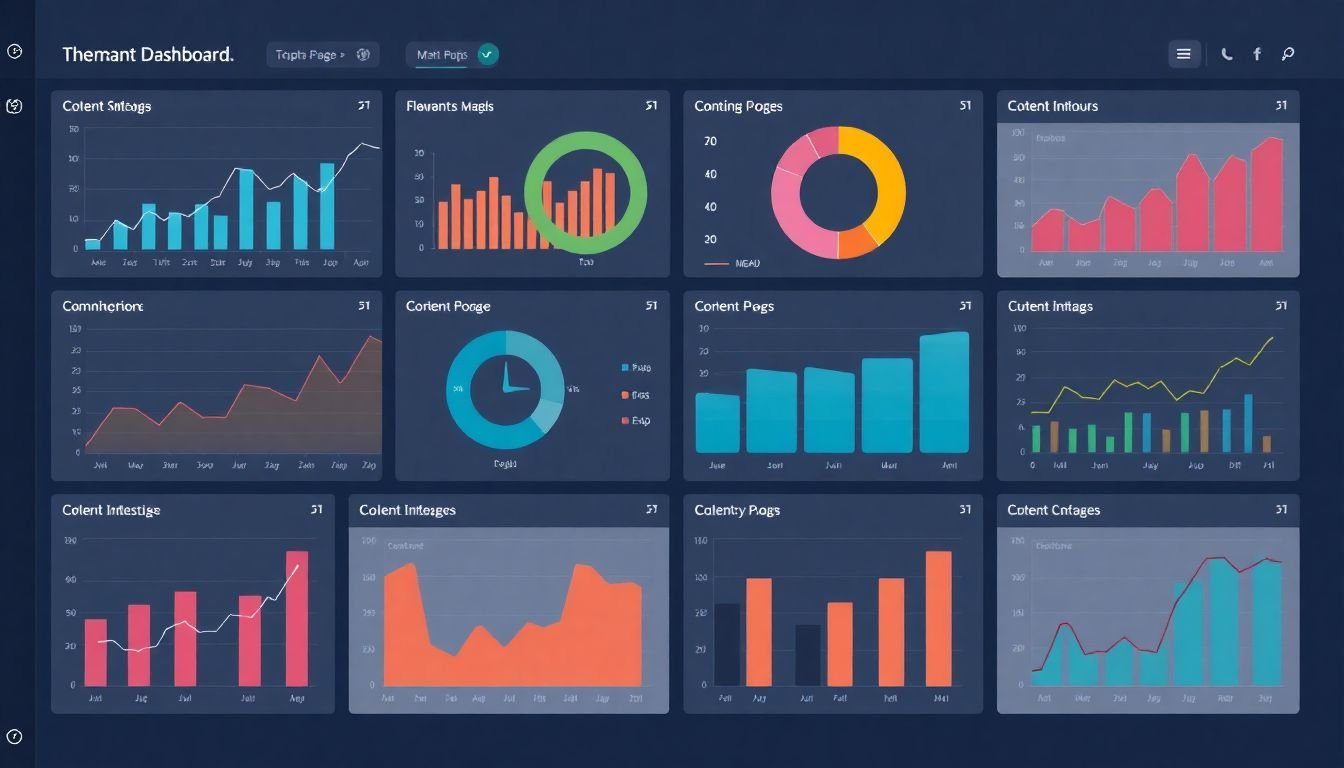
Measuring Success: KPIs for Balanced Social Media Content
Measuring the success of your social media content strategy is a multifaceted task, much like the content itself. It’s not just about the numbers, but also about the quality, engagement, and balance of your posts. Key Performance Indicators (KPIs) are your trusty compass in this digital voyage, guiding you towards a balanced and effective social media presence. Let’s dive into the KPIs that truly matter and explore how to track and analyze them.
First and foremost, Reach and Impressions are your bread and butter. They tell you how many unique users saw your content and how many times your content was displayed, respectively. Tracking these KPIs helps you understand your content’s visibility and potential audience size. To track, use the built-in analytics tools provided by each social media platform.
Next, Engagement is the lifeblood of your social media strategy. This includes likes, comments, shares, and clicks. High engagement indicates that your audience is actively interacting with your content, showing interest and approval. To analyze, calculate the engagement rate using the formula: (Engagement / Reach) x 100.
Click-Through Rate (CTR) is another crucial KPI, especially for link-based posts. It measures the percentage of users who click on the links in your posts, indicating their interest in learning more about the topic. To track, use URL shortening tools like bit.ly that provide click analytics.
Follower Growth is a simple yet powerful KPI. It shows the increase or decrease in your follower count over time, indicating the overall health of your social media presence. To track, monitor your follower count regularly and analyze the trends.
Lastly, Balance is the secret sauce that ties everything together. A balanced content strategy ensures you’re posting a mix of content types (e.g., informational, promotional, engaging) and topics. To track, maintain a content calendar and analyze the balance of your posts over time.
Regularly reviewing and analyzing these KPIs will help you understand what’s working and what’s not. It’s a continuous process of learning, adapting, and improving. So, keep your eyes on these KPIs, and watch your social media success story unfold!

Adapting and Evolving: The Ever-Changing Landscape of Social Media Content
In the dynamic realm of social media, change is not just a constant, but a relentless force that shapes and reshapes the digital landscape. Algorithms, the invisible gatekeepers of our feeds, are in a perpetual state of evolution, their whims dictating what rises to the top and what sinks into obscurity. This constant shift has a profound impact on the delicate balance between promotional and value-added content. What worked yesterday might not today, and what’s trending now could be old news tomorrow.
Promotional content, the lifeblood of many businesses, is in a constant dance with these algorithms. They crave engagement, and the algorithms, in their quest to serve us relevant content, are always on the lookout for what sparks a reaction. But they’re also wary of over-promotion, favoring content that adds value, that informs, entertains, or inspires. The challenge lies in striking this balance, in creating content that promotes while also providing value.
So, how does one stay ahead in this ever-changing game? Here are a few tips:
- Stay Informed: Keep a pulse on the latest trends and algorithm updates. Follow industry leaders, attend webinars, and read up on the latest news.
- Test and Adapt: Don’t be afraid to experiment with different types of content. See what works and what doesn’t, and adapt your strategy accordingly.
- Value First, Promotion Second: Always ensure your content provides value. It could be informative, entertaining, or inspiring. The promotion should be subtle, woven into the content, not the other way around.
- Engage, Engage, Engage: Social media is a two-way street. Engage with your audience, respond to comments, ask questions, and foster a community around your brand.
In this ever-changing landscape, the key is not to stand still, but to adapt, evolve, and always be ready to pivot. After all, in the world of social media, the only constant is change.
FAQ
What is the balance between promotional and value-added content on social media?
Why is it important to include value-added content in my social media strategy?
How can I create engaging promotional content that doesn’t feel salesy?
- Highlight customer testimonials or success stories to build trust and showcase the value of your offering.
- Use compelling visuals, such as images or videos, to capture attention and convey your message.
- Offer exclusive promotions or discounts to create a sense of urgency and encourage action.
- Use a conversational and authentic tone to connect with your audience on a personal level.
What are some examples of value-added content for different industries?
- For fashion and beauty brands, value-added content could include style tips, makeup tutorials, or behind-the-scenes looks at photoshoots.
- For food and beverage brands, this could involve recipes, cooking demonstrations, or nutritional information.
- For tech companies, it might include blog posts, webinars, or Q&A sessions with industry experts.
- For non-profits, value-added content could focus on raising awareness about social issues, sharing success stories, or providing resources for those in need.
How can I repurpose content to maintain a consistent posting schedule?
- Turn blog posts into infographics or short videos for platforms like Instagram or TikTok.
- Break down long-form content into a series of shorter posts or stories.
- Create a weekly or monthly roundup of your most popular or relevant content.
- Repost or share user-generated content, giving credit to the original creator.
- Use tools like Hootsuite, Buffer, or Sprout Social to schedule posts in advance and maintain a consistent posting schedule.
How can I measure the success of my social media content strategy?
- Engagement rate (likes, comments, shares, saves) to assess audience interaction and interest.
- Reach and impressions to evaluate the visibility of your content.
- Click-through rate (CTR) to measure the effectiveness of calls-to-action and the desire to learn more about your brand.
- Follower growth rate to track the expansion of your audience.
- Conversion rate (e.g., sales, sign-ups, form submissions) to determine the impact of your content on business goals.
Regularly analyze these metrics using tools like Google Analytics, social media analytics platforms, or third-party tools like Sprout Social or Hootsuite Insights.
How can I engage my audience and encourage user-generated content?
- Host giveaways, contests, or challenges that require users to create and share content featuring your brand.
- Create a unique and memorable hashtag to encourage users to share their content related to your brand.
- Respond to comments and messages in a timely and authentic manner to build relationships with your audience.
- Collaborate with influencers or brand ambassadors to create content that encourages their followers to engage with your brand.
- Share and highlight user-generated content on your brand’s channels, giving credit to the original creator.
How can I adapt my content strategy for different social media platforms?
- Instagram: Focus on visually appealing content, such as images, videos, and stories. Use relevant hashtags and engage with your audience through direct messages and comments.
- Facebook: Share a mix of content, including articles, videos, and images. Engage with your audience through groups, events, and live videos.
- Twitter: Share news, updates, and behind-the-scenes content in real-time. Engage with your audience through conversations and participate in relevant hashtags and trends.
- LinkedIn: Share industry-related articles, insights, and professional updates. Engage with your audience through groups, InMail, and comments on posts.
- TikTok: Create short, engaging videos that showcase your brand’s personality. Participate in trends and challenges to increase visibility.
Research each platform’s best practices and audience demographics to create tailored content that resonates.